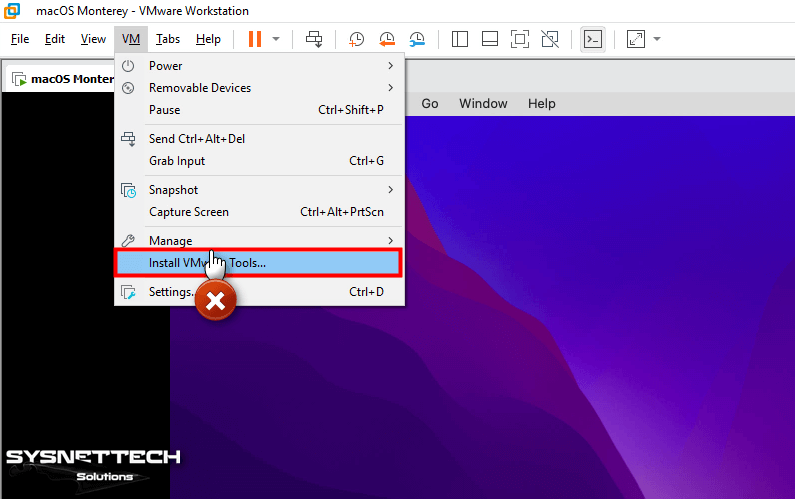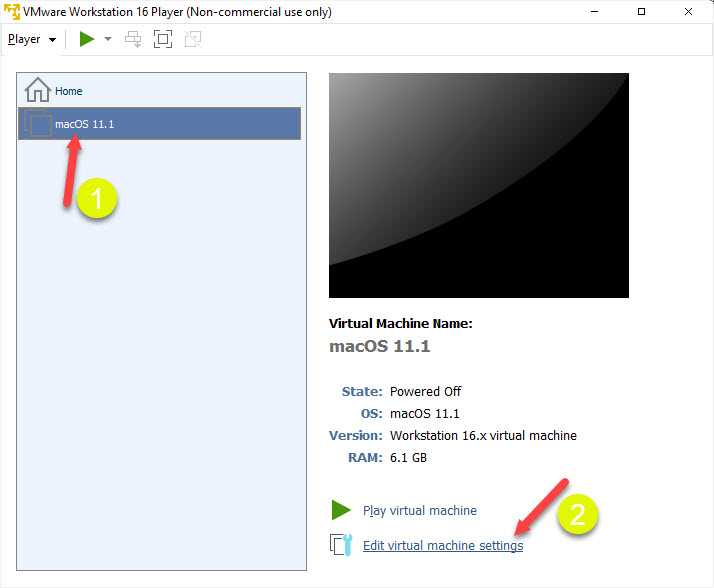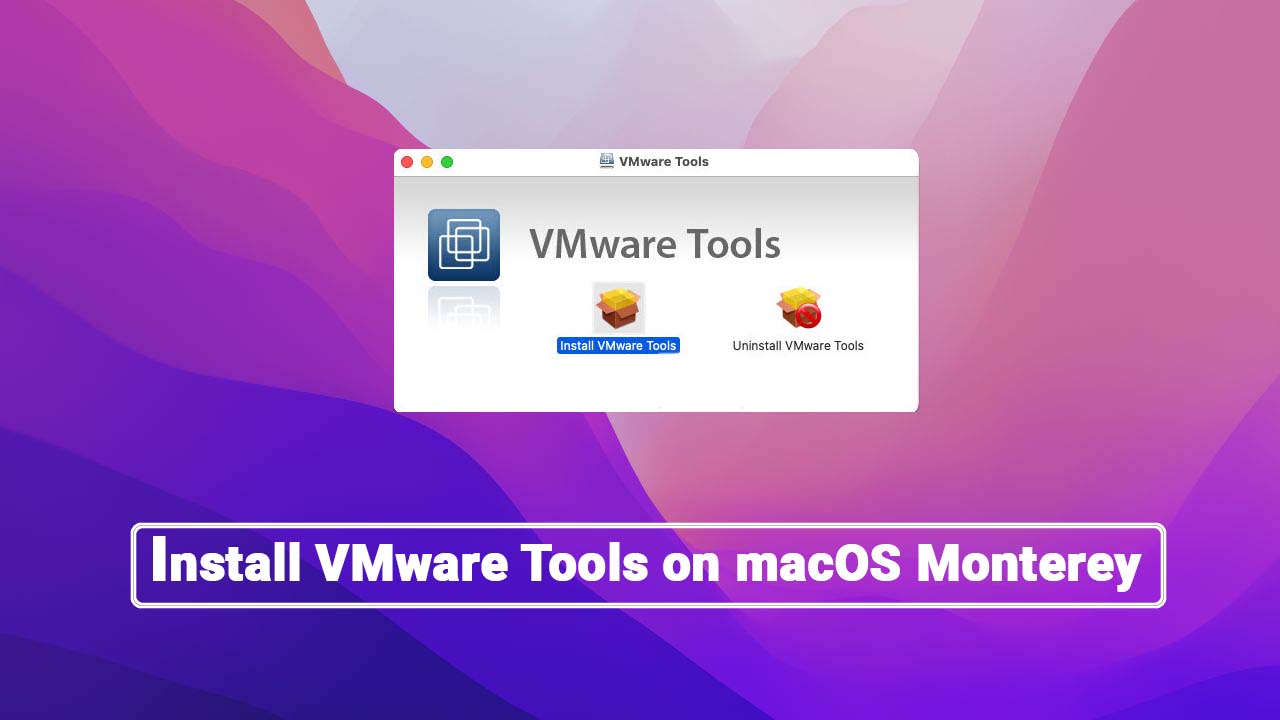


Follow the instruction shown on your screen until completed. Now you are ready to install macOS Mojave. From the macOS Utility window, click Install macOS. Make sure you choose APFS and GUID Partition map. When you reach the following page, click Disk Utility.Īnd then, click your VMware hard drive and click Erase.

I will show you the important steps only.Īfter choosing the installation language, we need to format our disk for macOS installation. I will not show the complete installation step here because it will make this post super long. Start the macOS Mojave Virtual MachineĪt this point, we are ready to start our VM. In my case, it would be Mojave.vmx because Mojave is the name of my virtual machine. Open your virtual machine directory and look for. This way to ensure the macOS Mojave work well.Ĭlick New CD/DVD (SATA) and then provide the location for the macOS Mojave ISO file you downloaded on the previous step. On the hardware settings, make sure you assign more than 8 GB of memory and minimum 2 processors. On the next page, click Customize Hardware to change some default settings. And today, I spent some time installing macOS Mojave on VMware on my Windows 10.
#RUN VMTOOLS MAC HOW TO#
In my previous post, I have shown you how to install macOS Catalina 10.15.3 on the Lenovo Thinkpad T450 series.So far it works very well. Give a name and location for the new virtual machine It was interesting to be able to run macOS Mojave on a Windows 10 machine.
#RUN VMTOOLS MAC MAC OS X#
Please note that if you don’t run the unlocker, you will not see the Apple Mac OS X on the Guest Operating System list above. Select Apple Mac OS X from the Guest Operating System list and choose version macOS 10.14. Choose I will install the operating system laterĬlick Next. Open VMware and click Create a New Virtual Machine.


 0 kommentar(er)
0 kommentar(er)
